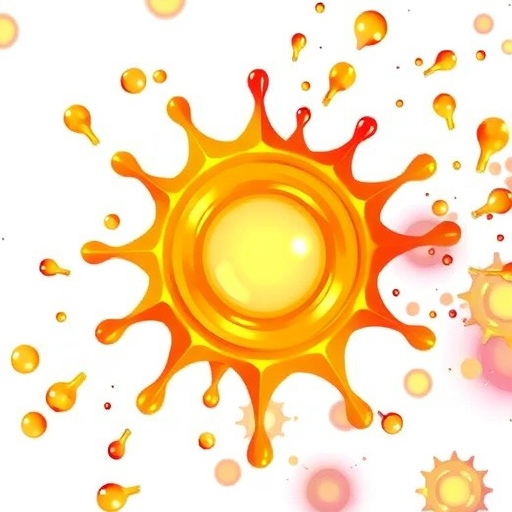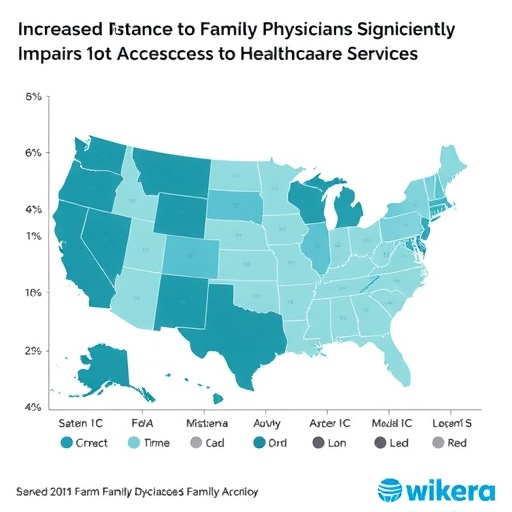Bottom Line: A combined evaluation of common variants with small effects and rare predisposing mutations among young female childhood cancer survivors may further stratify this high-risk population for subsequent breast cancer risk.
Journal in Which the Study was Published: Clinical Cancer Research, a journal of the American Association for Cancer Research
Author: Zhaoming Wang, PhD, associate member in the Department of Epidemiology and Cancer Control at the St. Jude Children's Research Hospital in Memphis
Background: Female childhood cancer survivors have an increased risk of developing subsequent breast cancer compared with the general population. This increased risk has largely been attributed to cancer treatment regimens, such as chest irradiation and/or exposure to high-dose chemotherapeutic agents. Current screening of this population relies on treatments and doses used to treat childhood cancer, Wang explained.
Wang previously found that survivors of childhood cancer have an increased risk of subsequent breast cancer if the survivors carry pathogenic or likely pathogenic (P/LP) mutations, such as mutations to the BRCA1 gene. "Our current study attempts to investigate the contributions to the risk of subsequent breast cancer by considering the full picture of breast cancer genetic susceptibility, which includes common genetic variants with small effects (polygenic determinants) in addition to P/LP mutations (monogenic determinants)," said Wang.
How the Study Was Conducted: Wang and colleagues utilized information from the St. Jude Lifetime Cohort Study (SJLIFE) by analyzing whole-genome sequencing data for 1,133 female cancer survivors of European ancestry. Of these survivors, 47 developed one or more subsequent breast cancers.
The researchers constructed a polygenic risk score (PRS) for individual survivors by calculating the weighted sum of 170 common breast cancer risk alleles present in each survivor's genome. The researchers also evaluated the presence of P/LP mutations in 11 breast cancer predisposition genes. Relative rates of subsequent breast cancer incidence were estimated.
Results: Following multivariable analysis, the researchers found that survivors in the highest PRS quintile had 2.7 times the risk of subsequent breast cancer compared to survivors in the lowest quintile. Survivors treated with chest irradiation had even higher risk; those in the highest PRS quintile treated with radiation had three times the risk of subsequent cancer compared to those in lowest quintile treated with radiation.
Survivors who carried P/LP mutations had 21.8 times increased risk for subsequent breast cancer compared with those who didn't have P/LP mutations. Survivors treated with chest irradiation and who carried P/LP mutations had 10.3 times increased risk for subsequent breast cancer compared with those who didn't have P/LP mutations treated with chest irradiation.
"The PRS can identify individuals with high breast cancer risk that do not carry known pathogenic mutations," Wang said. "Our results indicate that both polygenic determinants and large-effect rare mutations (monogenic determinants) contribute to the risk of subsequent breast cancer independently."
Notably, PRS was significantly associated with risk of subsequent breast cancer only in women less than 45 years old.
"Our data supports the hypothesis that genetic risk factors play a more important role in the development of subsequent breast cancers in younger women," Wang said. "However, this observed age-specific association could be partly due to the smaller sample size of older survivors in our study."
P/LP mutations were defined as mutations to the following breast cancer predisposition genes: BRCA1, BRCA2, TP53, PTEN, CDH1, STK11, NF1, PALB2, ATM, CHEK2, and NBN.
Author's Comments: "Our findings suggest that polygenic screening can inform personalized breast cancer surveillance in female childhood cancer survivors," said Wang. "This method can be utilized in the clinical setting to enhance the identification of high-risk survivors to enable the early detection and potential prevention of subsequent breast cancer."
Wang also said, "Our results indicate that personalized breast cancer surveillance strategies for survivors should incorporate prior exposure to specific anti-cancer treatments, the presence of P/LP mutations, and the cumulative presence of small-effect common variants, as represented by a polygenic risk score."
###
Study Limitations: Limitations of the study include a relatively young cohort of childhood cancer survivors. Additionally, analysis was restricted to survivors of European ancestry; follow-up studies should be conducted within other non-European ethnic groups.
Funding & Disclosures: This study was supported by funding from the American Lebanese Syrian Associated Charities and by grants from the National Institutes of Health. Wang declares no conflict of interest.
Media Contact
Julia Gunther
[email protected]
215-446-6896
@aacr




